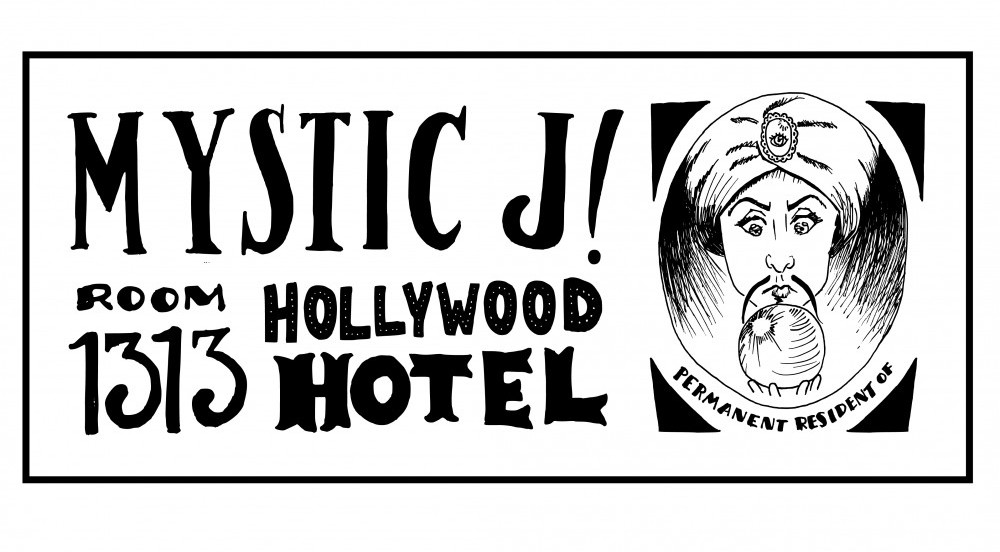Portland’s graffiti abatement program’s attack on murals
Portland is cracking down on graffiti. The only problem is that it’s also cracking down on murals.
These iconic pieces of the city are disappearing. Murals must go through a costly permit process in order to be considered “art,” regardless of whether there is permission by the owner of the building it is painted on.
In other words, people cannot paint their own buildings without violating the Portland City Code or graffiti-related offenses laws.
The laws are said to keep corporations from advertising as well as preventing illegal tagging on properties, but they’re being used to take down art galleries that have specifically promoted “graffiti art.”
There is a difference between corporations taking advantage of property rights and artistic expression. There is also a difference between art and graffiti.
The Oregon Revisited Statutes says that “A person commits the offense of unlawfully applying graffiti if the person, having no right to do so nor reasonable ground to believe that the person has such right, intentionally damages property of another by applying graffiti to the property.”
Such “right” is not defined by permission of the property owner, but by permission of the city.
The graffiti abatement program of Portland outlines different types: tagger, gang, communicative, hate and art graffiti. But it does not say anything about art graffiti other than, “Some taggers aspire to be recognized for their ‘ART.’” (Emphasis theirs.)
The problem is that not all murals are graffiti and not everything that comes out of a spray can is a mural. Graffiti exists. Taggers, gang symbols and the like are graffiti. That isn’t up for debate. What is up for debate is art.
The Arts Base mural project—a project with the goal of having rotating artists painting over a garage space—was shut down in June. The community mural project was deemed inappropriate and given 10 days to appeal or paint over the space. The appeal did not go through.
There is a multitude of reasons people paint murals, be it artistic expression or covering up existing graffiti. Art is not vandalism, and those who think that it is are abusing the law.
If the laws were in place to rid of graffiti in Portland, it wouldn’t be art galleries that were targeted. The loosely defined terms of graffiti are being taken advantage of.
The same artist painted a mural on both the Gladstone Market and the Samo Lives Gallery, which are located across the street from one another. But it was the gallery and not the market that was targeted to paint over their mural. If the issue was getting rid of “graffiti,” then all buildings with murals would be taken down; certain establishments wouldn’t be singled out.
The worry is that promoting art galleries who showcase work of street artists and tag-related art promotes graffiti. But murals do not promote graffiti; they are the solution to it. Art is less likely to be tagged than blank walls.
In order to combat the attack on art, Portlanders can apply for a pricey permit and get the piece approved by the city. That means that the only difference between a mural and graffiti is whether the city profits from it.
Spray paint is not just for vandals and murals are not just “graffiti.” This blatant abuse of the law is an attack on artists.
It’s time to reclaim art on Portland’s walls and streets before it’s painted over.





This is a great article!
I Grew up in New York City and was inspired to become a graffiti “ARTIST” as a teenager. I painted for many years in New York, Los Angeles and more recently Seattle and Denver.
I am starting to paint again after more than a decade of focusing on my career as a doctor and teacher. I was dumbfounded to learn about the art legalities of street art in Portland, a city that supposedly prides itself on self expression.
What can be done?
Robert Ciprian